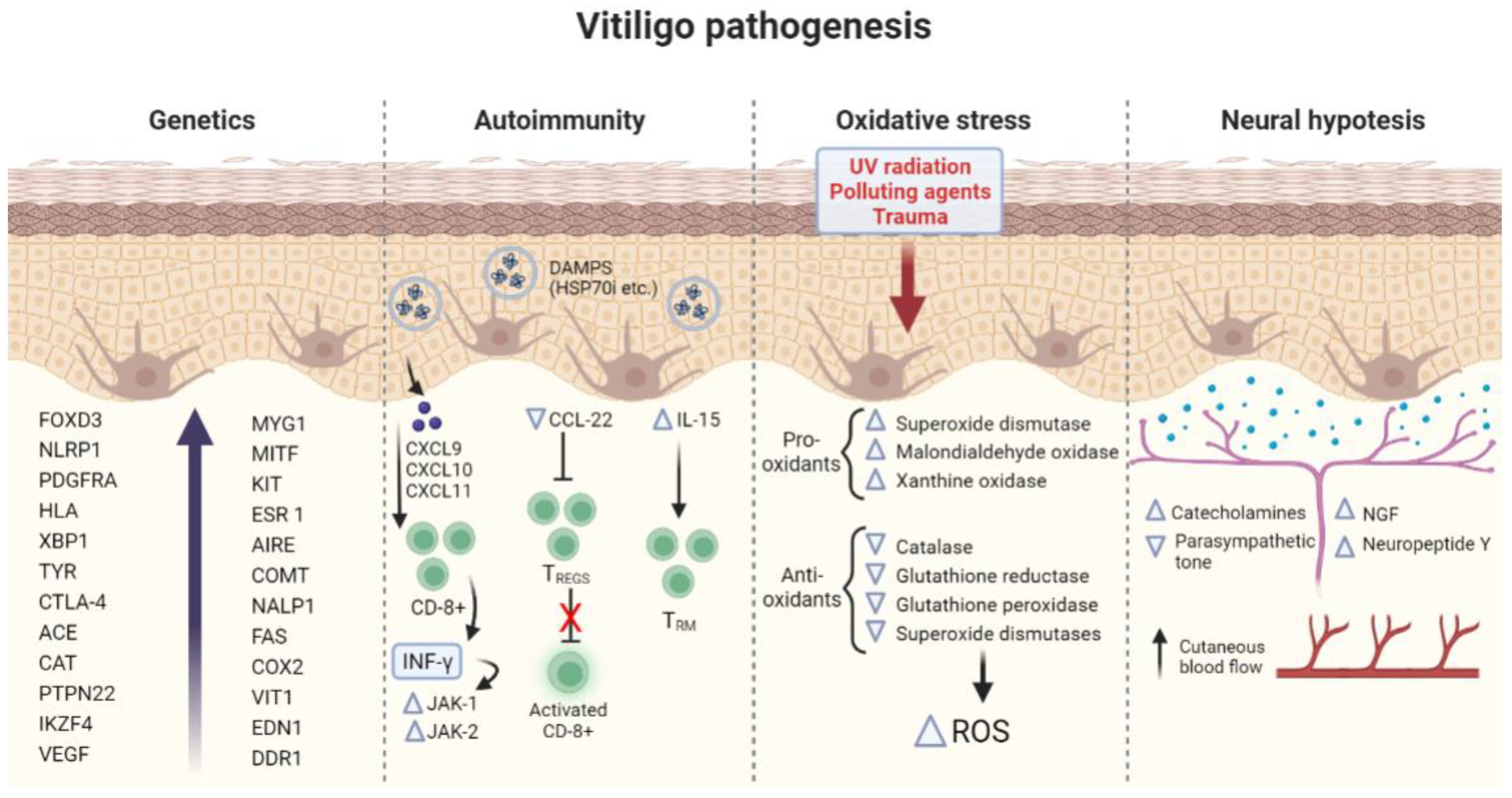Vitiligo
Vitiligo
Vitiligo, what is it ?
Vitiligo is a condition characterised by patches of skin without the skin pigment (melanin) as the colour producing cells (melanocytes) are destroyed. Not all absence of pigmentation are vitiligo. The diagnosis should be made by a dermatologist.
Vitiligo can either occur locally like the palms, soles, lip, face or can spread to involve large body areas.
Why does Vitiligo occur and Who gets affected by Vitiligo?
There are several factors that contribute to the development of vitiligo.
- Autoimmunity / Immunological dysfunction
- Genetic Predisposition
- Environmental triggers
- Cellular oxidative stress
- Aberrant Neurotransmitter signalling

Can Vitiligo be treated ?
The response to therapy depends on the type of vitiligo and the duration of illness.
Fewer and smaller patches that have been present for a shorter duration show good response.
Certain types such the acral type (affecting the tips of fingers and toes), generalised and the segmental type can be resistant to therapy.
What are the treatment options?
Treatment aims at –
- Stopping the spread of the disease.
- Repigmentation of the affected skin.
Treatment includes
Topical medications such as ointments, lotions and creams.
Phototherapy – Narrow band UltraViolet-B (NBUVB) and excimer lamp treatment. This is considered the safest of all treatments.
Immunomodulating drugs rather than immunosuppressants, are recently available.
Camouflage methods to Cone=ceal the patches.
Psychological support – though not a contagious disease, there is a stigma associated with vitiligo. This needs to be eliminated with increasing awareness and acceptance.
Better results are seen when therapy is started early in the course of the condition. A combination of therapies is usually more effective than a single treatment.
